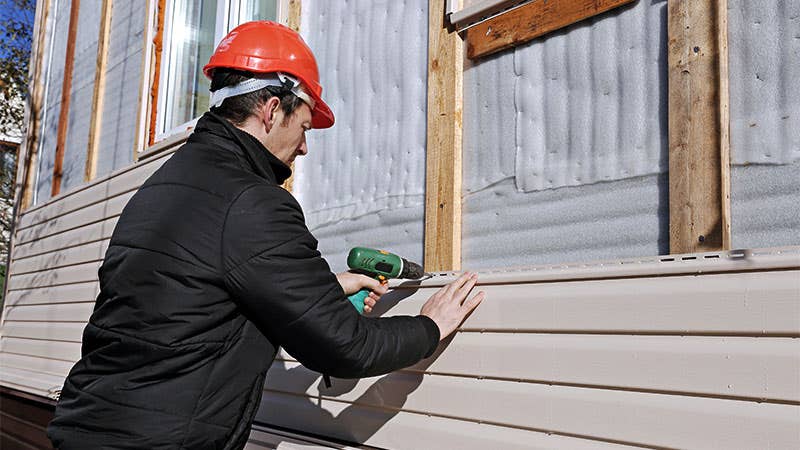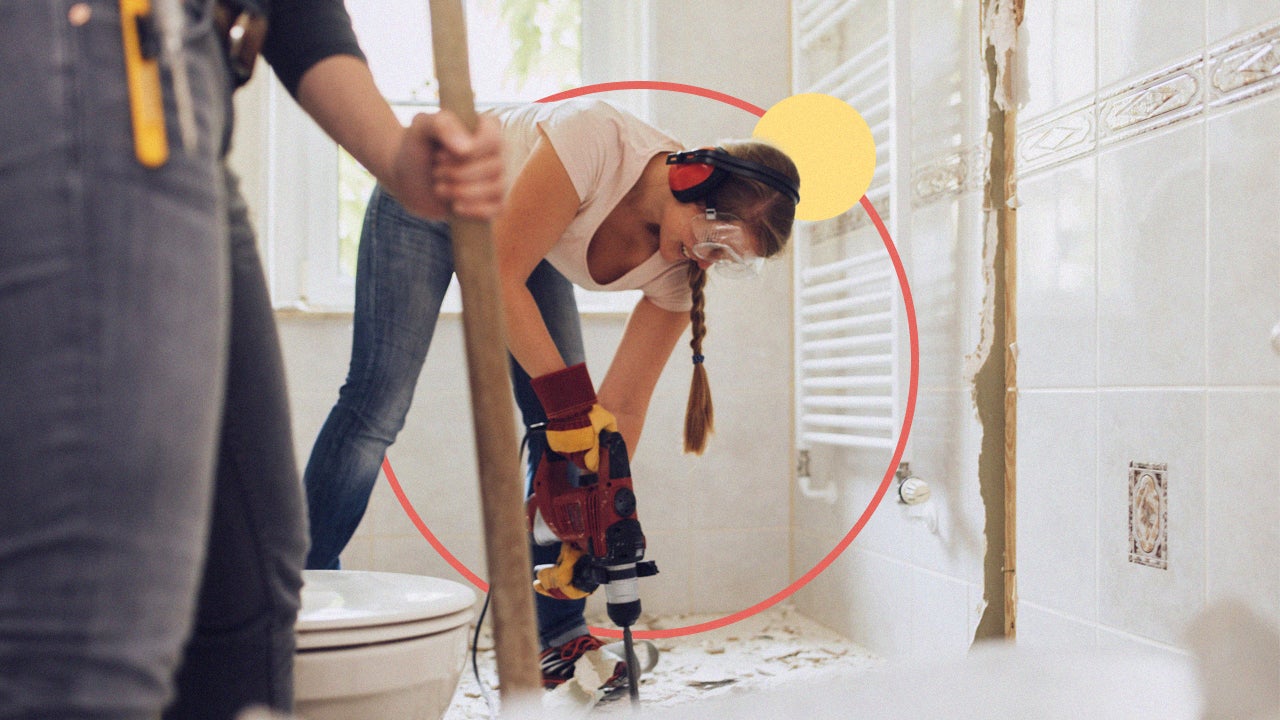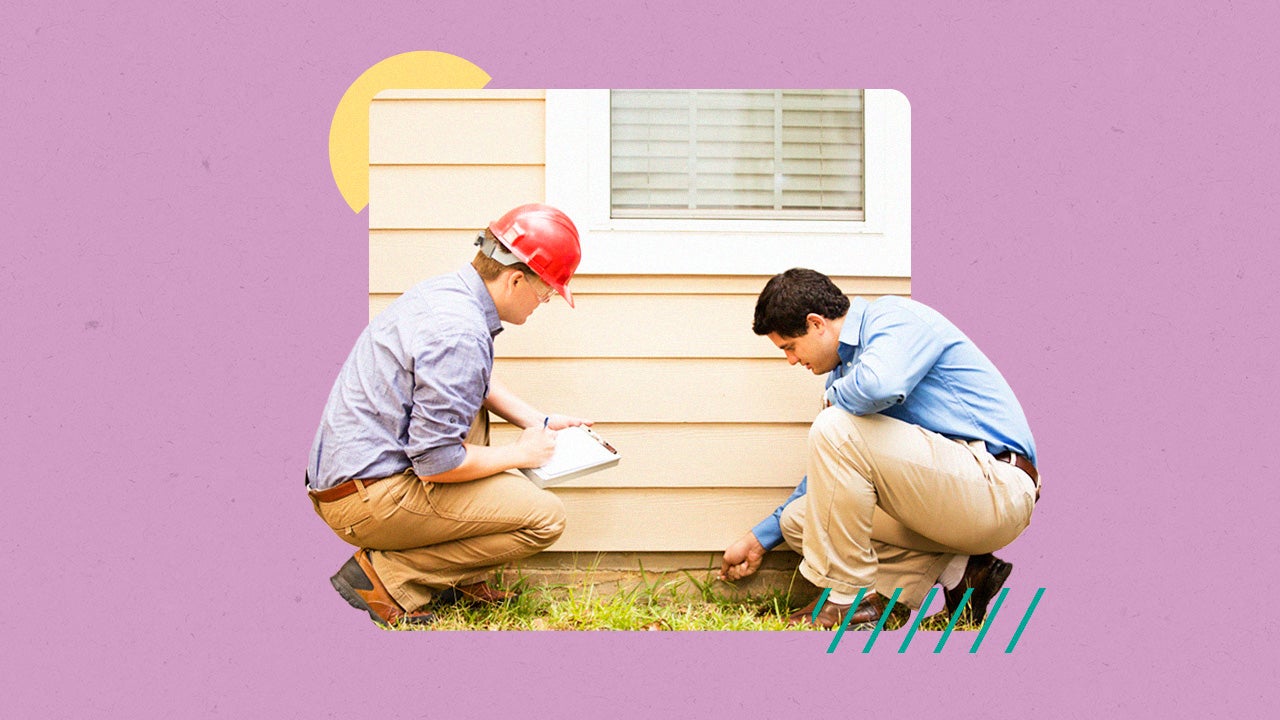How much does vinyl siding cost?

When it comes to house siding, vinyl can be an excellent choice. It’s durable and relatively easy to install. But within the vinyl category, there are a variety of options. Things like style, texture and thickness need to be decided upon — and each of these variables will impact the project cost.
Installing vinyl siding costs $7.50 per square foot on average, with $3 per square foot on the low end and $12 per square foot on the high side, according to HomeAdvisor. Roughly half of that is the stuff itself, and half is for labor. The average vinyl siding project runs to $11,437.
Let’s delve deeper into how much vinyl siding costs, what factors influence it and how to finance installing it.
What are the costs of vinyl siding?
Several factors work together to determine the cost of your siding: the labor, material and medium (which is your house). Other factors may influence the price, but these three represent the bulk of the cost.
- House size and location: The larger your home, the more siding you will need. Vinyl siding is priced by the foot, so the size of your home has a big impact on price. On average, vinyl siding itself is priced at $3.80 per square foot, according to HomeAdvisor. Location impacts the price too, as labor costs and materials can vary quite a bit depending on what part of the country you live in.
- House design: The more complex the shape of your home, the more details like gables and eaves, the more likely it is that extra siding will have to be purchased or cut to properly fit each area. The more straightforward the shape, the easier it is to install siding with a minimal amount of cutting and customization needed.
- Siding texture, thickness and material: Vinyl siding comes in numerous styles, textures and thicknesses. The thicker the siding, the greater its durability and the higher the cost (because it’s more expensive to make); the thinner and less textured the siding is, the less expensive it will be. Depending on the type, the average price of upgrades from your basic entry-level siding can mount from $4 to $8 per square foot. For example, insulated vinyl siding costs $8 per square foot to install because it includes more materials: the vinyl itself, and rigid-foam insulation attached behind it, which guards against warping.
- Labor and installation: Installation makes up for a significant portion of the cost when putting new siding on your home, and it isn’t uncommon for labor to match, or even exceed the cost of materials. The typical labor cost to install vinyl siding is $3.70, with most people spending between $2.15 and $5.25, according to HomeAdvisor’s stats.Prices will vary by location but you can in most cases expect to pay by the hour. While it may be tempting to try and install the siding yourself, it is best to leave it to an expert unless you have considerable DIY experience.
Is vinyl siding a good investment?
Vinyl siding is one of the more affordable types of siding and it has an excellent rate of investment return. Homeowners can expect to recover 63 percent of the value of the project, according to the National Association of Realtors’ 2019 Remodeling Impact Report. Remodeling’s 2021 Cost vs Value Report puts the ROI even higher, at over 68 percent. Other types of siding do not deliver at such a high return on investment.
Once installed, vinyl siding is also fairly easy to maintain compared to other siding materials such as cedar, which must be stripped and repainted on a regular basis to preserve the wood. Vinyl is also quite durable, and can last anywhere between 20 to 40 years, depending on how well you take care of it and the local climate.
Tips to save on vinyl siding costs
Despite being one of the more affordable options, buying and installing vinyl siding can still be quite expensive. Luckily, you can keep those costs to a minimum with some careful planning.
Choose plain, untextured siding
Plain, untextured styles of vinyl siding are significantly cheaper than the flashier alternatives but they work just as well to protect your home. Choosing plain, untextured siding will save you money on your project and protect your return on investment.
Get and compare quotes from multiple contractors
Not all contractors charge the same price for the same amount of work. It’s possible with a little effort and some time on the phone to find a contractor who will offer the most reasonable price while still being competent and professional.
Don’t buy more siding than you need
You’ll commonly hear it’s best to overbuy on building supplies to avoid the risk of running out. While this approach can save time, it costs more money up front. Only buy what you’re sure you need, plus perhaps a little extra. If you end up needing more, it may add some time to the project, but you won’t be wasting any money on unnecessary supplies.
How to finance a vinyl siding installation
Vinyl siding may be an affordable option compared to other types of siding, but it’s still going to cost a pretty penny to complete your project. There are, however, options for financing this type of installation project.
Personal loan
Taking out a personal loan is a common way to finance expensive house projects. Personal loans often have lower interest rates than credit cards and you won’t have to put up your home as collateral to secure one. You’ll need good credit and income to qualify, but it will cost you less money over credit cards in the long run when it comes to interest.
Home equity loan
Home equity loans are a good option if you have equity built up in your home because they often come with interest rates that are lower than the average personal loan or credit card. The downside is that you’ll use your home as collateral, which means if you can’t or won’t pay, you could lose your home. However, if you’re confident you can pay a home equity loan back, you’ll receive a lump sum to pay for your project which will be paid back over time with monthly payments.
Home equity line of credit
A home equity line of credit is best for homeowners who have built up equity in their homes by paying down a significant portion of their mortgage. Unlike personal or home equity loans, though, you won’t get your loan in one lump sum with a HELOC. You’ll be issued a credit line for a percentage of your home equity that you can draw from multiple times instead. This type of financing is perfect if you aren’t sure what the total cost of your siding project will be and don’t want to borrow in a lump sum multiple times.
The bottom line on vinyl siding costs
The affordability, aesthetic quality and durability of vinyl has made it a top contender among siding materials. No matter the style of vinyl you choose, be prepared to consider the prices and pricing factors, as new siding is never cheap to buy or install. While vinyl is one of the most economic siding materials, it is still quite common for people to use loans or other financing options to cover the cost of the project.
Learn more:
You may also like

Here’s what the Trump presidency means for small businesses

How much does a bathroom remodel cost?

How much does it cost to repair a home’s foundation?



